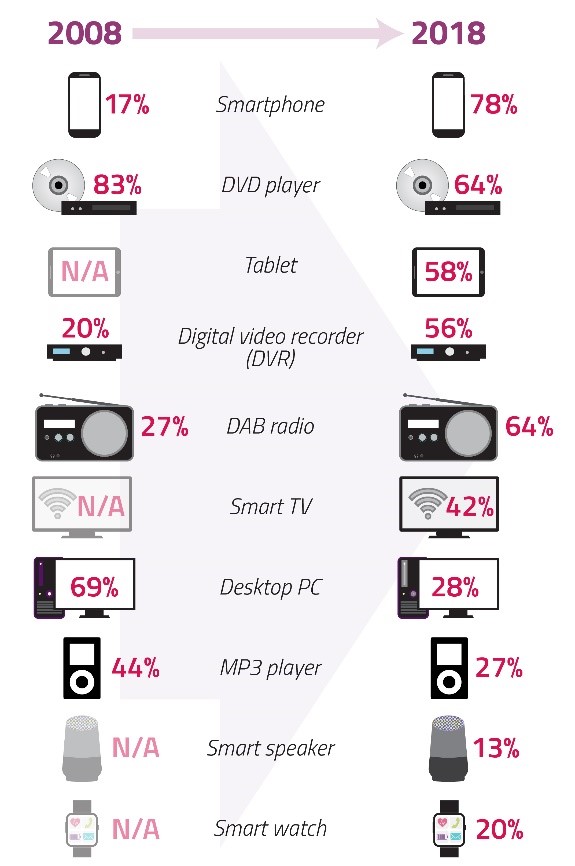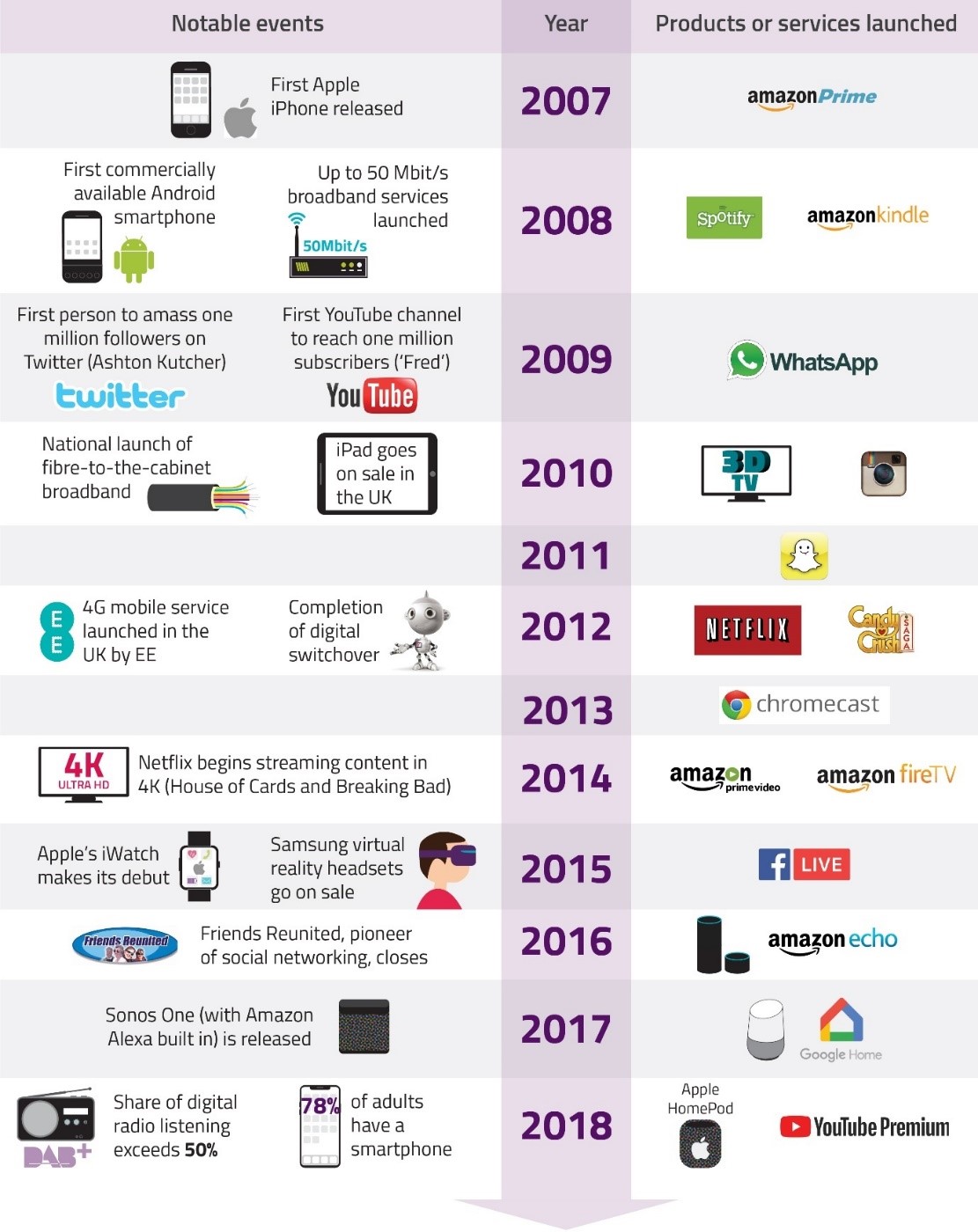An entrepreneur recently explained when he considers it good business to partner with a competitor in strategic ways:
- Partner to take advantage of opportunities for entering new markets - with co-developed products, for instance. Or to tap a new channel for distribution.
- Partner to co-purchase raw materials used by both, at a lower price due to high-volume buying in combination.
- Partner with complementary products or marketing, letting customers know about the complementary offerings and receiving customer referrals from the partner as well.
- Partner to undertake activities that will achieve societal objectives.
Partners, whether competitors or non-competing vendors, are clearly stakeholders when it comes to each other's performance.
In this 2017 blog post, Microsoft wrote the following about working together with competitors as partners to provide customers with what they need and add value for all participants.
It’s not a we-win-you-lose sort of deal. In fact, it’s the opposite. Every time we come together with our partners for a solution, we open a new socket that creates value for everyone. We all need to work together and use transformative technology to help partners build successful ecosystems for customers.























